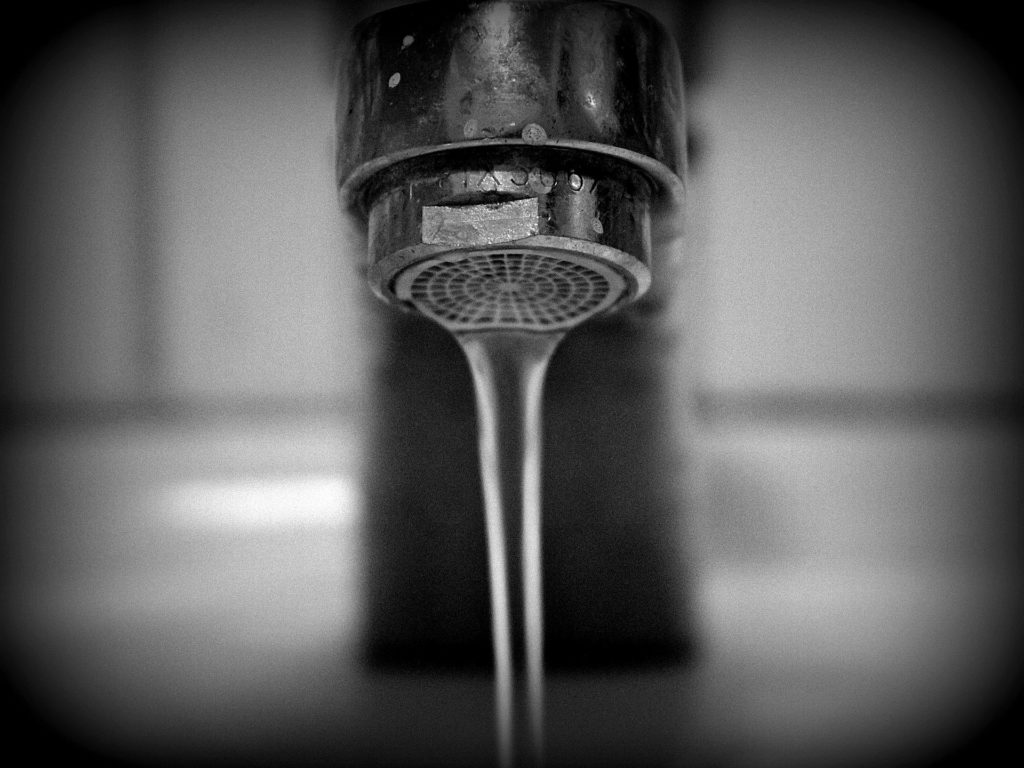Considerations for Safe, Resilient Piping Systems

Prioritizing Safe, Healthy Water
Piping is a fundamental aspect of every building, delivering potable water, handling wastewater, and providing ventilation to help maintain air quality, among other functions. However, if pipes in a building are unsafe — or incorrectly installed — they can degrade water quality through leaching or even allow permeation of external contaminants. Because residents do not test tap water regularly, the first sign of problems may be how it looks or tastes coming out of the faucet.
For example, studies looking at plastic pipes list a number of unpleasant odors of “waxy plastic citrus,” “fruity plastic,” and “burning.” Such issues may occur due to chemical leaching from new piping or due to reactions with water treatments.
Metal pipes may also add a tinge of taste to water in certain situations. Homes built before the 1960s may have unsafe lead piping; if so, it should be removed as soon as possible. In structures built after that time, metal pipes usually are copper or iron. Regardless, if the metal taste is strong, or if water is discolored, the cause should be investigated to ensure no damage to pipes is occurring.
Current research has identified several issues to consider when evaluating the pipe and fittings in a building, including leaching, fire safety and permeability.
Toxic Leaching
Leaching of toxic and unhealthy substances from piping into water represents a common issue degrading the safety and quality of drinking water. Lead is the best known and most serious, posing immediate dangers when present in water, especially for babies and children. Lead pipe and fittings should be replaced fully and immediately. While less publicized, leaching also occurs from other materials. For example, research into plastic pipes raises questions about substances that pass from PE, PEX, and PVC, among others, including chemicals with carcinogenic and adverse reproductive effects. Common metal pipes may also emit small amounts of copper or iron into water, but in general this occurs at levels low enough that the Environmental Working Group cited copper piping as the safest for drinking water.
Fire Safety: Combustibility & Firestopping
Like smoke detectors and fire doors, pipes have an impact on building safety in the event of a structure fire. The International Association of Firefighters and the United Association of plumbers recently called for restrictions on plastic piping due to concerns they increase fire danger in buildings, especially hotels, hospitals, nursing facilities, and multi-story residential structures. When burned, plastic emits dense smoke containing toxins such as benzene and phthalates. Additionally, plastics exhibit high flame-spread characteristics flame-spread characteristics of up to two feet per second. Without specific firestopping mechanisms, combustible plastic pipes can fail in fires, allowing smoke and flame to pass through wall and ceiling penetrations and spread throughout a structure. Even with firestopping in place, temperature changes from hot and cold water inside pipes or unconditioned air in surrounding cavities can cause expansion and contraction, degrading their performance over time. Noncombustible and stable metal piping performs better in fires and is the favored material for fire-protection system (sprinklers).
Permeability & Contamination
Pipes made of more porous materials can allow contaminants to permeate from external sources through pipe walls and into a building water system. For example, in areas where petroleum products are sold or distributed, spills into nearby soil and aquifers represent a common source of water contamination, introducing carcinogens such as benzene, toluene, ethylbenzene, and xylene (BTEX) into water supplies. Piping systems made from dense materials such as metal are impervious to such incidents. Pipes composed of PEX, PP, and PVC, however, are “more susceptible… to contaminant permeation” — in some cases the chemicals in these plastics can even react with pollutants, forming secondary substances that further degrade the safety of water.